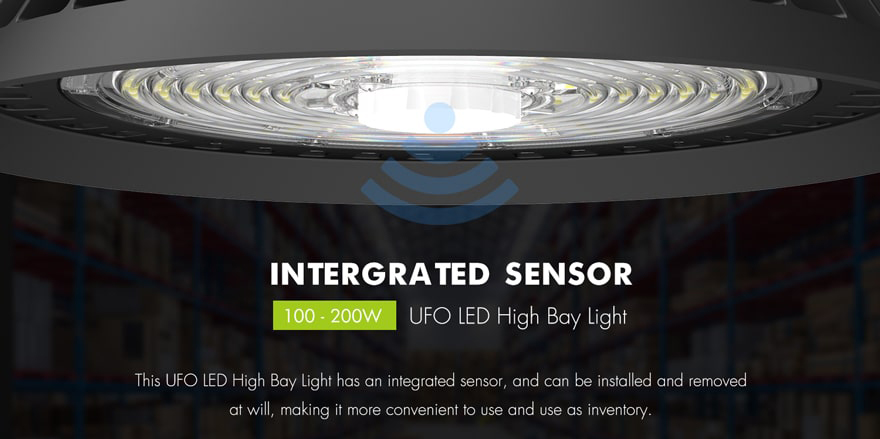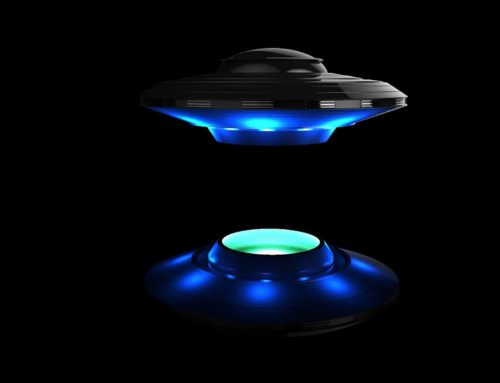Why Motion Sensor LED High Bay Lights Are Getting Popular?
There are many places like warehouses, municipal facilities, industrial areas, etc., where a large amount of lighting is required. The power consumption of such places is extremly high as it is important to keep the lights on all the time. But there are times when the lights are left on even when there is activity in an area, which is wastage of energy. To avoid this, it is necessary to take proper actions and save energy when the lights are not in use.
Nowadays, warehouse lighting luminaires like round UFO high bay lights and linear LED high bay lights are available with several fantastic features that promote the light’s performance and efficiency. The motion sensor is one of the best features that has created more hype in recent times. High bay lights equipped with motion sensors can be quite useful for warehouses and other large indoor commercial spaces. These spaces often use a lot of light sources and it is important to save on the utility costs. Motion sensors effectively eliminate the repetitive task of being responsible for switching the lights on and off. Clients will save money because the lights will only be used when they are needed.
Furthermore, the applications of UFO LED high bay lights with motion sensors have increased rapidly in the past few years because lights with motion sensors tend to last longer than normal LED high bay lights. Many of you must have had heard multifunction motion sensor functionalities in some areas’ lightings. But still, there are many insights left that we are revealing in this blog for your consideration.
So, let’s dive deep into the LED high bay lights with motion sensor with the following contents:
What is a Microwave Motion Sensor LED High Bay Light?
Among all those motion sensor technologies, microwave technology sensor is currently the most ideal solution for LED high bay light. It’s designed according to the principle of Doppler Radar to detect movements. It sensors emit the continuously of microwave and receive the reflect microwave to detect the moving object. This technology also allows them to detect movement through walls. When a person enters the room, they disrupt the microwave signals, and there will be a change in the echo time received by the motion detector. The microwave sensor then detects motion. The microwave sensor detects movement in less than a microsecond. In addition, the sensors can be used for dimming and light sensing for maximum energy savings.
- Non-contact detection.
- Suitable for harsh environments because : will not be influenced by temperature, humidity, noise, airflow, dust, and the lights.
- Strong resistance to radio frequency interference.
- Low output power, no harm to human bodies.
- Long range of detection.
- Allow detection for non-living objects.
- Remote controller included for more setting
With those advantages and features, many lightings fixtures, including LED high bay lights, have been incorporated with microwave motion sensors making it the most popular choice for industrial solution.
Microwave Motion Sensor LED High Bay Main Functions
Detection range means detection coverage. It can be adjusted by combining DIP swithches or set by a remote controller.
Daylight sensor
Daylight sensor means the daylight threshold to enable or disable the sensor function.
“Disable”: The sensor works always, even during daylight.
“50lux”: The sensor works only in twilight.
“10lux, 2lux”: The sensor works only in the dark.
Stand-by period
This is the time period that the lamp remains at a low light level before it is completely switched off in the long absence of people.
“+∞”: means bi-level dimming control, the fixture never switch off.
Stand-by dimming level
This is the dimmed low light level you would like to have after the hold-time in the absence of people.
*0% means on/off control.
10%–Vdim=1.5Vdc 30%–Vdim=3.0Vdc 50%–Vdim=5.0Vdc


